There can be your advertisement
300x150
Global Trends in Cozy Living: 5 Interior Concepts
Guides on finding comfort, both internal and external, are increasingly filling the shelves of bookstores. From Scandinavia to Asia, all of them promise to bring happiness, including through interior tricks. Hygge, ikigai, gezelilig, lagom, friluftsliv — behind each concept lies a life philosophy. Let's explore what we can learn from them.
Hygge: Creating Coziness
A long cold winter, short days, and cool summers make it hard to feel happy in such conditions, but the Danes found a remedy for gloom. Several years ago, hygge mania swept the world. Mike Vike's book "Hygge: The Secret of Danish Happiness" taught us to decorate our homes with candles, sit in cozy armchairs by the fireplace, and wrap ourselves in blankets.
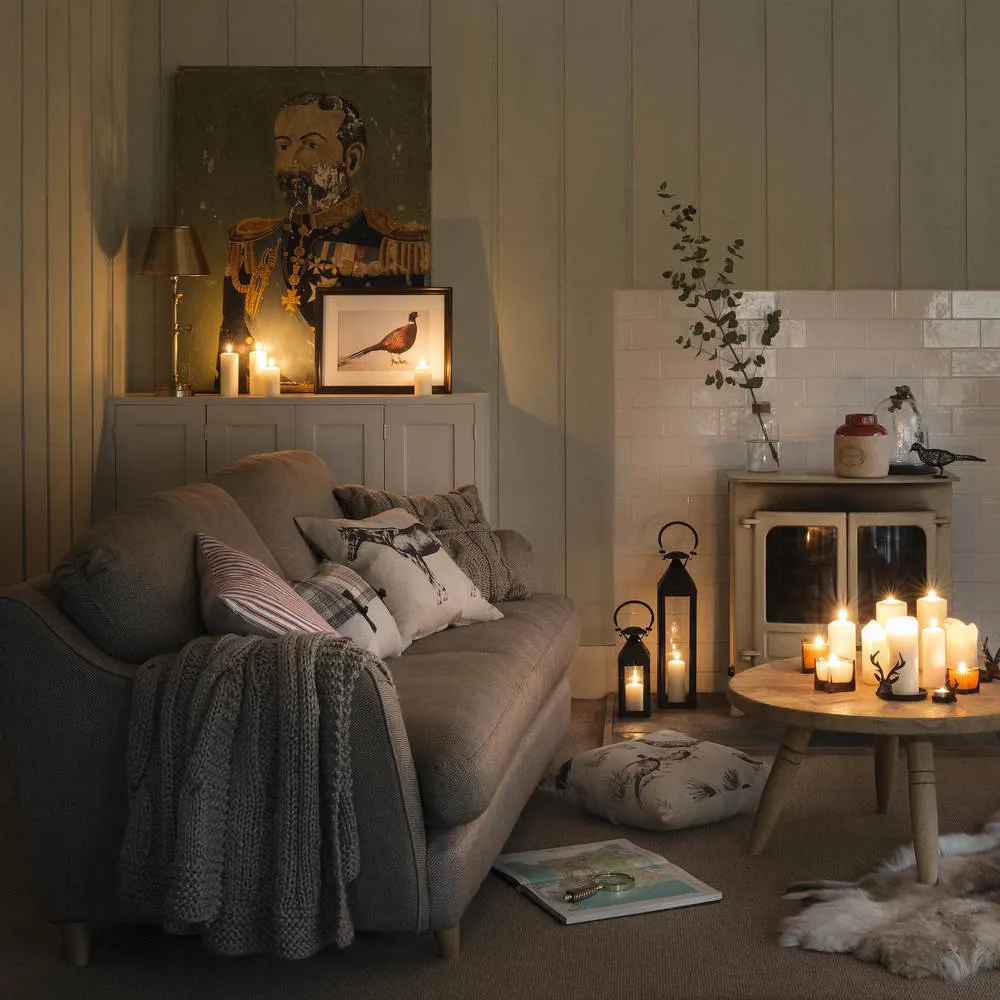
How to Create a Cozy Atmosphere?
Danish people prefer to fight gray weekdays with warm memories. Instead of stocking up on mass-produced goods, decorate your home with furniture and decor items that are valuable to you personally. These can be photos, souvenirs from travels, gifts from loved ones, or simply items with personal stories.
If you place cushions and a blanket on a wide windowsill, you get a hygge nook in your home. Choose natural, warm, and soft fabrics. Wool, faux fur, cashmere, and knitted throws, blankets, and tablecloths work well. Anything made with heart and care is always hygge.
A fireplace is a perfect fit for the hygge atmosphere. When there's no possibility of having a real fireplace, a fake one with candles of various sizes works just as well. If you choose scented candles, emphasize the scent of cinnamon and vanilla, which remind people of fresh homemade baked goods and help create a cozy atmosphere.
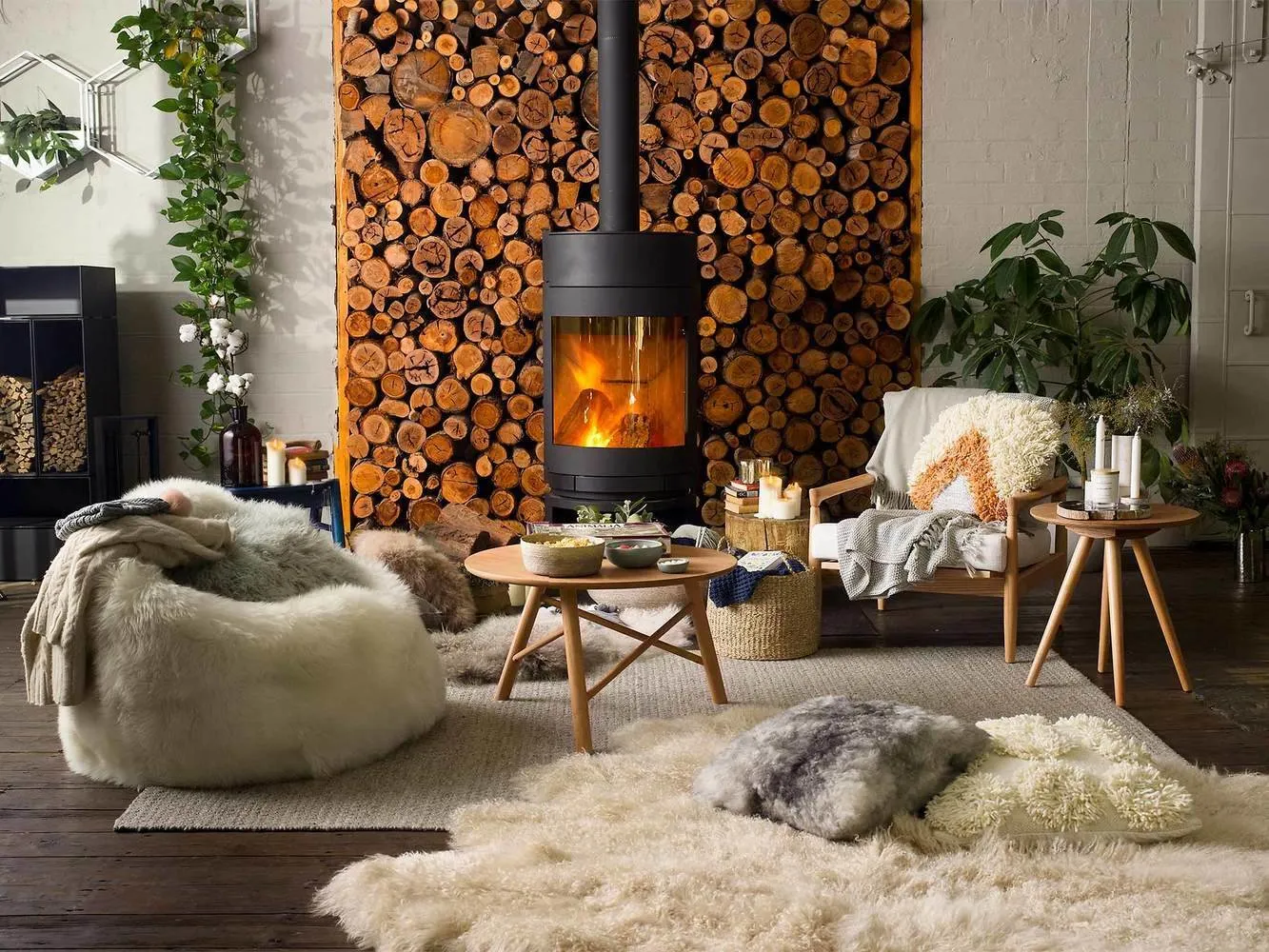
Ikigai: Find Your Driving Force
If hygge is about enjoying the moment, then the Japanese concept of ikigai claims that comfort and happiness in life come from motion. More precisely, from the driving force that makes you wake up every morning. Finding your ikigai means finding a job that brings joy every day, understanding the value of life. It's more of an internal feeling but can be reflected in your interior.

How to Create an Atmosphere of Life?
Dedicate a special space in your home for your "driving force." Finding your ikigai can be found in hobbies, cooking, gardening, reading books, and even caring for loved ones. In Japan, traditional ikigai is craftsmanship that one tries to perfect. Even boxing rings and parachute sports can find their place in the interior, for example, as accessories or photos.

A Japanese interior seems designed for someone who is busy with work. There's no bed with a thick mattress or a sofa where you can spend the whole day in front of the TV.
Finding your ikigai can be found in hobbies, cooking, gardening, reading books, and even caring for loved ones.
All functions of soft furniture are performed by a futon — a dense cotton mattress. It is laid out at night and removed in the morning. Modern futons can also be used for sleeping on the floor — a convenient option for hosting guests. If you need a firm mattress, choose a futon made from coconut fiber, felt, or latex. For a soft mattress, select one filled with foam (cotton, hemp, jute), or Spring Foam — a material with air-filled cells inside.
Lagom: Enjoying Minimalism
The harmony of the Swedish concept of lagom lies in finding the golden mean. The word "lagom" literally translates to "not too much, not too little — just enough." In interior design, there should be a balance between what is necessary and sufficient, no frivolity, useless decor, or excess. Perhaps partly because of this, Scandinavians have such a love for light interiors. Why spend money on expensive finishing if you can leave the walls white?
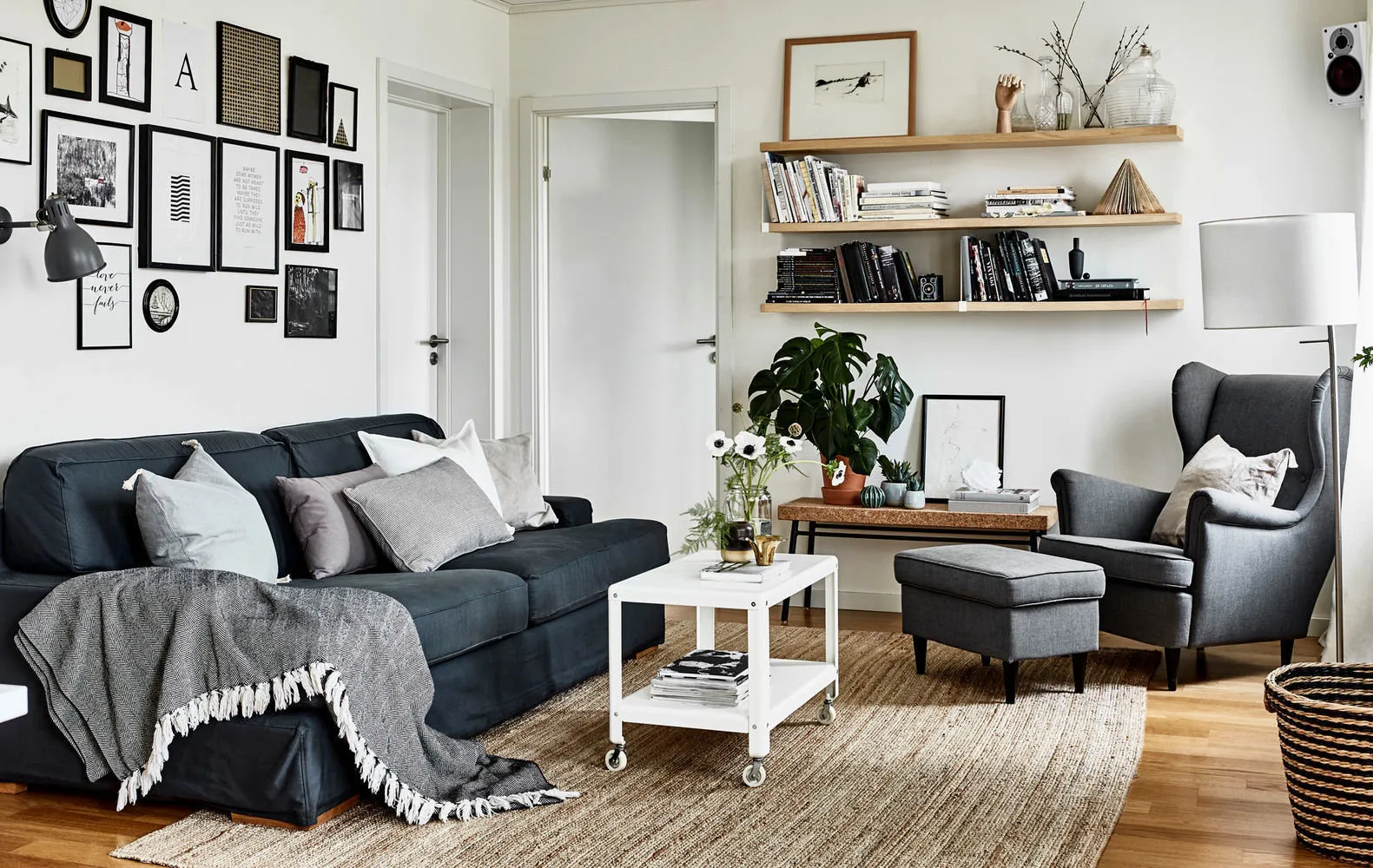
How to Create an Atmosphere of Freedom?
Get rid of clutter in storage rooms and wardrobes. Open up space and create a reasonable storage system. Wardrobes, shelves, and hidden storage systems will be your helpers. The concept of lagom believes that space should "breathe." Only in this way will people inside feel comfortable.
Instead of bright decor, prefer calm design. A white Scandinavian base in the interior can be enhanced with pastel tones. Usually, such bright and warm details are textiles. But in the lagom concept, every detail must be justified. Throws and cushions should be used for their intended purpose.
The concept of lagom believes that space should "breathe." Only in this way will people inside feel comfortable.
Friluftsliv: Connect with Nature
Descendants of Vikings draw strength from nature. A cozy place for rest for a Norwegian is a small house in the style of old huts far from civilization. Followers of this movement are convinced that a person who emotionally connects with nature can fall into melancholy and gloom. However, the emphasis is on becoming closer to nature rather than bringing pieces of it into the house. Collecting butterflies or rare plants at home is seen negatively by the philosophy of friluftsliv.

How to Create an Atmosphere of Living Nature?
The nature corner in a city apartment is easiest to create on the balcony. The least demanding plants are aloe, "army palm" aspidistra, sansevieria, tradescantia, and geranium. They can withstand sun, wind, and don't mind being left without water for a long time if you go on vacation.
Gezelilig: Creating Comfort Without Rules
The Dutch concept of gezelilig is comfort without rules. The Dutch love to decorate their homes according to the principle "do it yourself," not looking at interior design laws. Bronzes statues, plaster dolls, porcelain cups, and dried bouquets — if these make you feel good at home and don't give the feeling of disorder, then you've found your gezelilig.

The Dutch love to decorate their homes according to the principle "do it yourself," not looking at interior design laws.
How to Create an Atmosphere of Change?
A Dutch interior is not something static and eternal. Comfort the Dutch way means a desire for change. Winter is time for warm blankets, spicy aromas, and hot candles. Summer fills the house with live flowers. Try to update your interior every season: change textiles, aromas, decor items, or tableware. But always keep heartwarming details.

More articles:
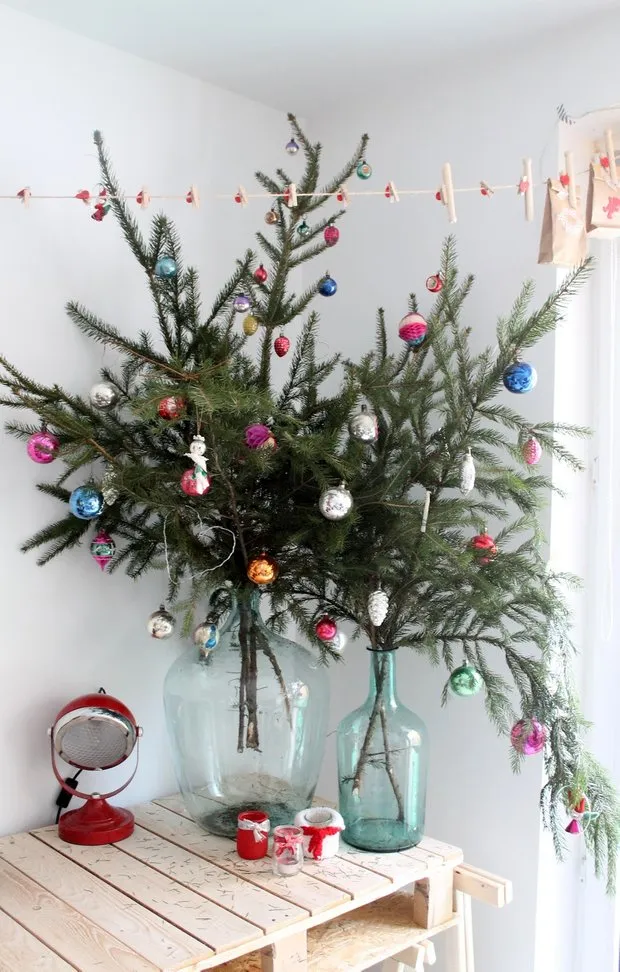 How to Save Money on New Year Decor: 9 Tips
How to Save Money on New Year Decor: 9 Tips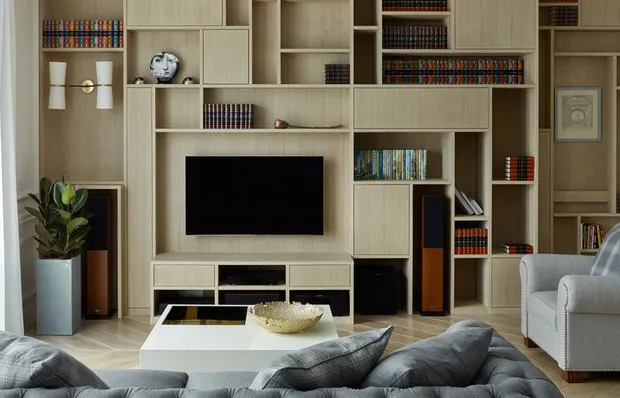 What Do Interior Designers Hide in Interiors?
What Do Interior Designers Hide in Interiors?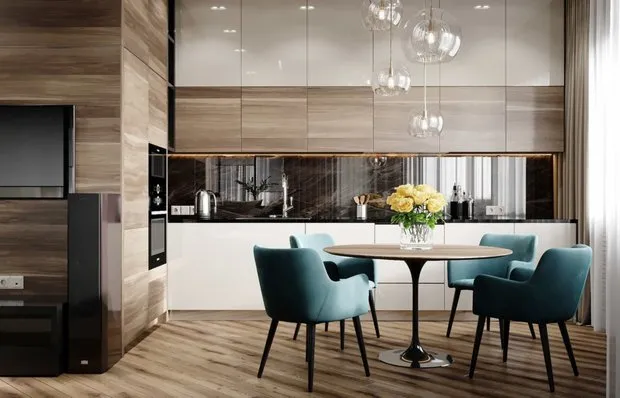 Kitchen Design: 6 Solutions to Avoid
Kitchen Design: 6 Solutions to Avoid How to Organize a Kitchen in the Hallway?
How to Organize a Kitchen in the Hallway? How to Do a Renovation with a Limited Budget: 7 Examples
How to Do a Renovation with a Limited Budget: 7 Examples Small Apartment with Proper Zoning
Small Apartment with Proper Zoning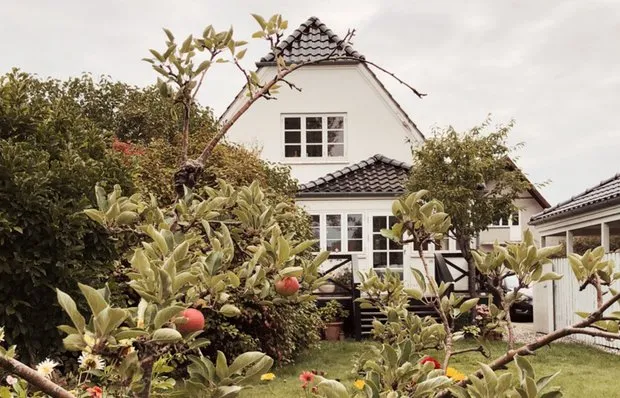 Visiting a Danish Blogger: Cozy House with Winter Garden
Visiting a Danish Blogger: Cozy House with Winter Garden How to Decorate Your Home for New Year: 10 Cool DIY Ideas
How to Decorate Your Home for New Year: 10 Cool DIY Ideas